
A recent catch in Chester County, Pennsylvania, has been distressing local conservationists and officials. A species of invasive fish that can walk on land and live outside of water for days has been discovered in the Schuylkill River.
This alarming find makes you wonder about this unknown creature’s possible threat and its effect on local ecologies. As more fish are discovered, the outlook appears progressively worse.
A Deadly, Hungry Predator
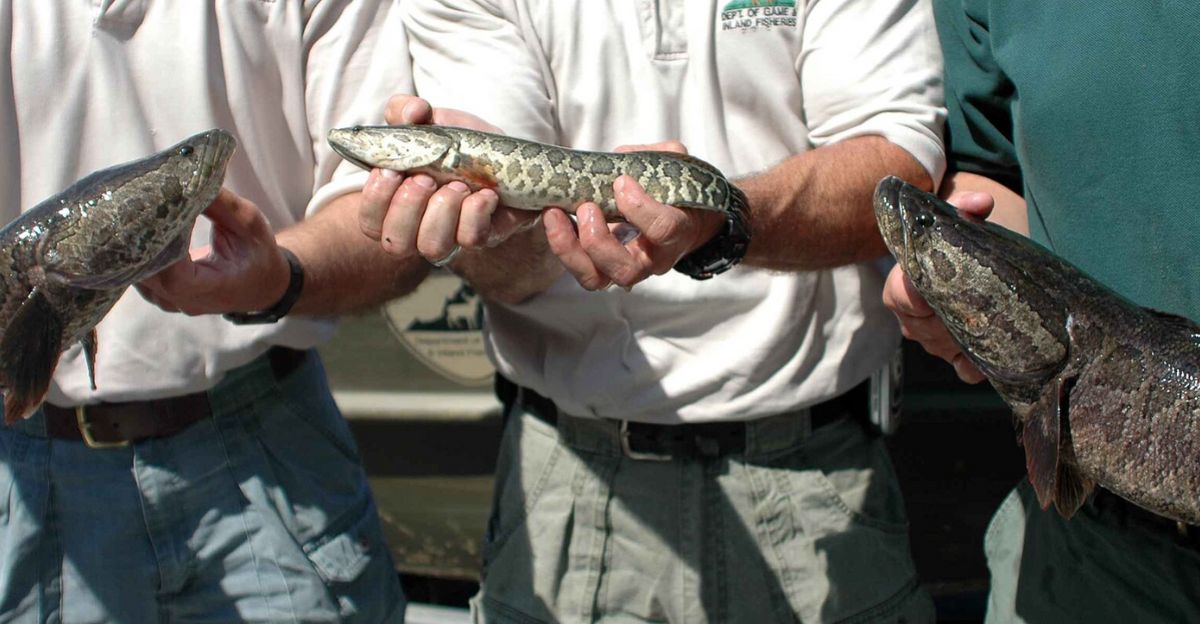
The subject is the northern snakehead, a fish with a huge appetite and an insatiable appetite. Reaching lengths of 33 inches and weighing up to 20 pounds, these fish are not only opportunistic predators.
They feed on everything they can, from tiny fish to amphibians and even birds. With their large teeth and ferocious attitude, these animals are formidable predators in and out of water and cause a horrific imbalance in the ecosystem that they plague.
A Fish That Defies Nature

Perhaps the most unsettling trait of the northern snakehead is its capacity to walk on land. In contrast to the majority of fish that are confined to water bodies, the snakehead can actually walk across dry land in pursuit of new waters.
This leads it to spread quickly from one water body to another, outcompeting and displacing native species along the way, as well as causing havoc to local ecosystems. Its ravenous appetite only accelerates the destruction.
The Expanding Presence Throughout the U.S.

Snakeheads were initially spotted in California in 1997 and later on the East Coast in 2002. They have since been confirmed in a total of six states: California, Maryland, Florida, North Carolina, Massachusetts, and Pennsylvania.
Pennsylvania alone has experienced several sightings of the species in rivers, lakes, and ponds. As of June 2025, the fish have been discovered in Chester County, an area now bearing the brunt of this invasive species presence.
A Threat to Native Fish Populations
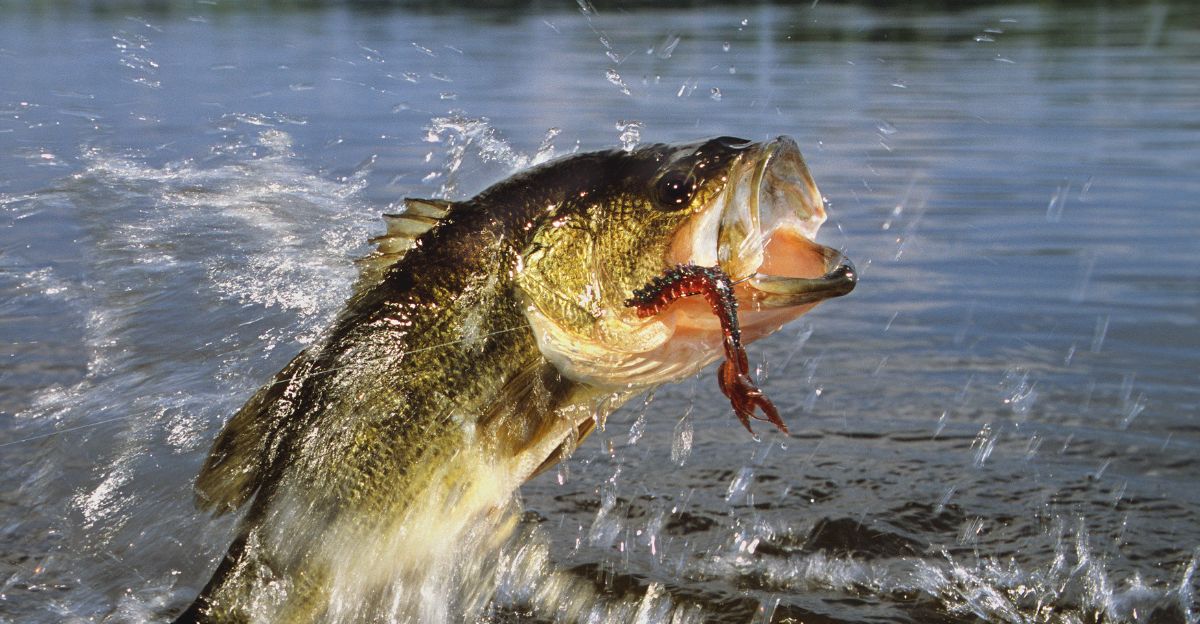
The effect of the northern snakehead on local fish populations is significant. As an apex predator, it directly competes with native fish species such as the largemouth bass and trout.
Moreover, the aggressive behavior of the snakehead and its size imply that it is a predator of fish up to one-third its length. This implies that several species that are competing for the same food sources are likely to see a reduction in biodiversity.
The Spread through Waterways
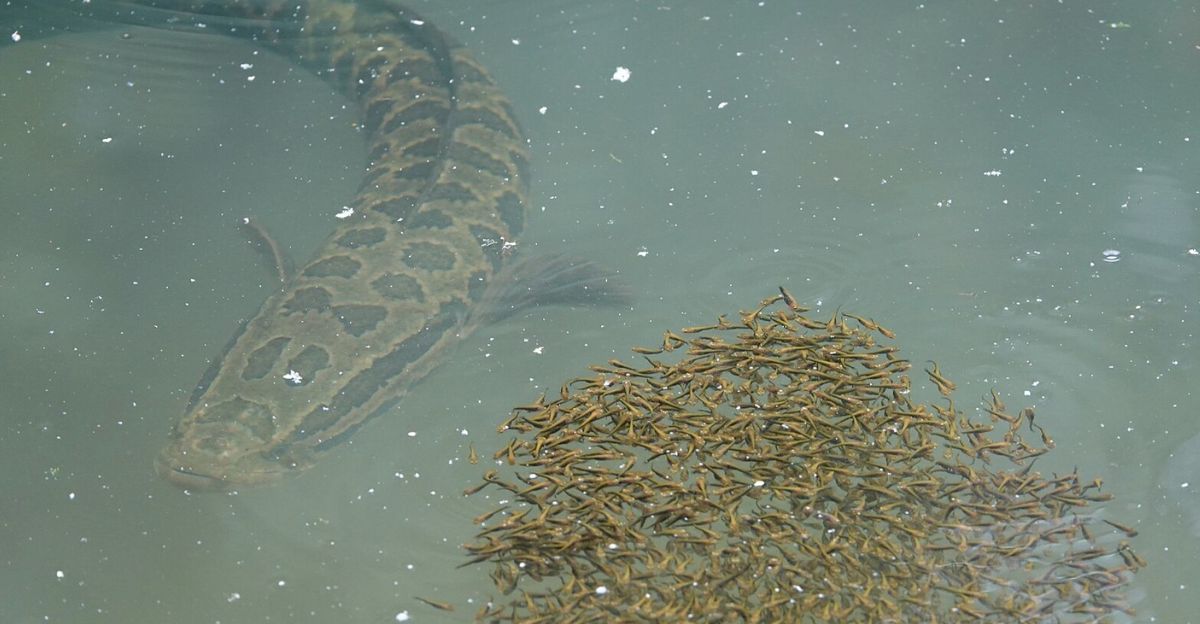
Snakeheads are a threat because they can move from one body of water to another. Pennsylvania’s interconnected tributaries and tidal sloughs have allowed these invasive fish to spread, particularly in bodies like the Schuylkill and Delaware Rivers.
Their presence in the lower Susquehanna River, close to the Conowingo Reservoir, is also of concern since it provides them with more gateways to infest new areas.
A Call for Immediate Action
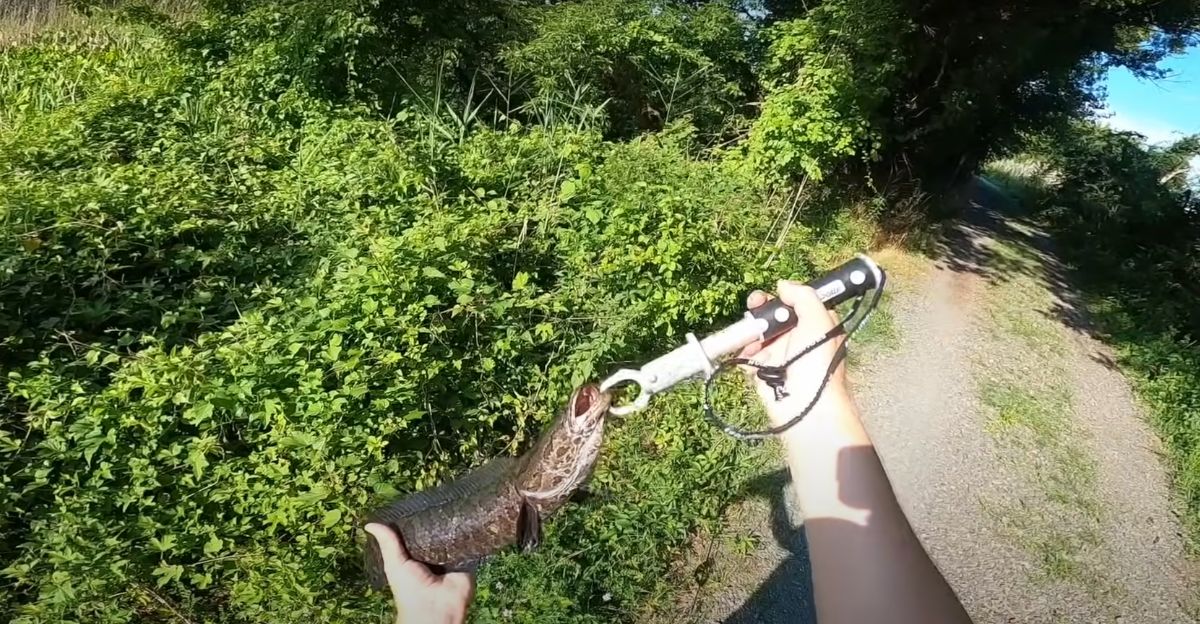
Pennsylvania authorities have one urgent message to anglers and residents: if you catch a snakehead, kill it right away. This extreme step prevents the fish from gaining a foothold in new waters.
Having no predators in the state, snakeheads can cause significant harm to native ecosystems. It is made clear by the Pennsylvania Game Commission that any snakeheads caught need to be reported, and their sale and possession are strictly prohibited.
The Quest for Solutions

Attempts at stemming the spread of the northern snakehead have continued, although the task has not been easy. The fish’s capacity to remain alive outside water for long durations and its high mobility have made it hard to manage its populations.
The authorities have called for increased vigilance and reporting, asking public members to be on the lookout and take action whenever they encounter this species.
The Cost of Ecosystem Disruption
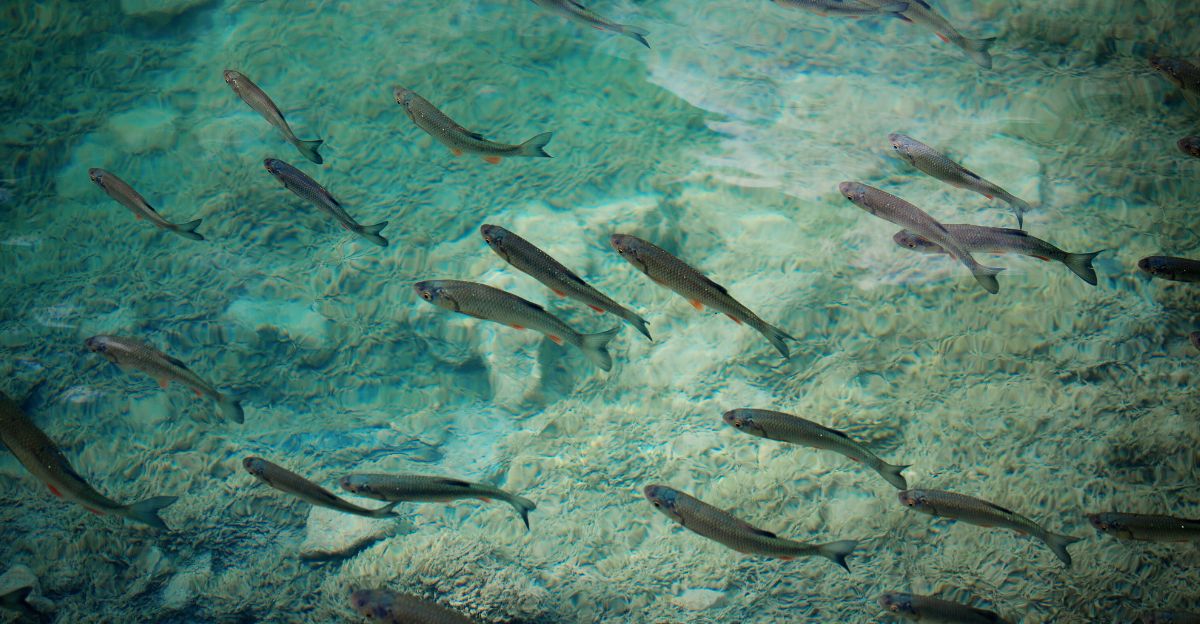
Although the direct effect on fish populations is apparent, the northern snakehead invasion has broader consequences. Through competition with native species, it disrupts the natural balance of the invaded ecosystems.
This creates a ripple effect throughout the food chain, from small fish to big predators, and even affects local fishing industries, which can lose financially. The environmental effects are extensive, and serious intervention is needed to avert more damage.
A Look into the Snakehead’s History
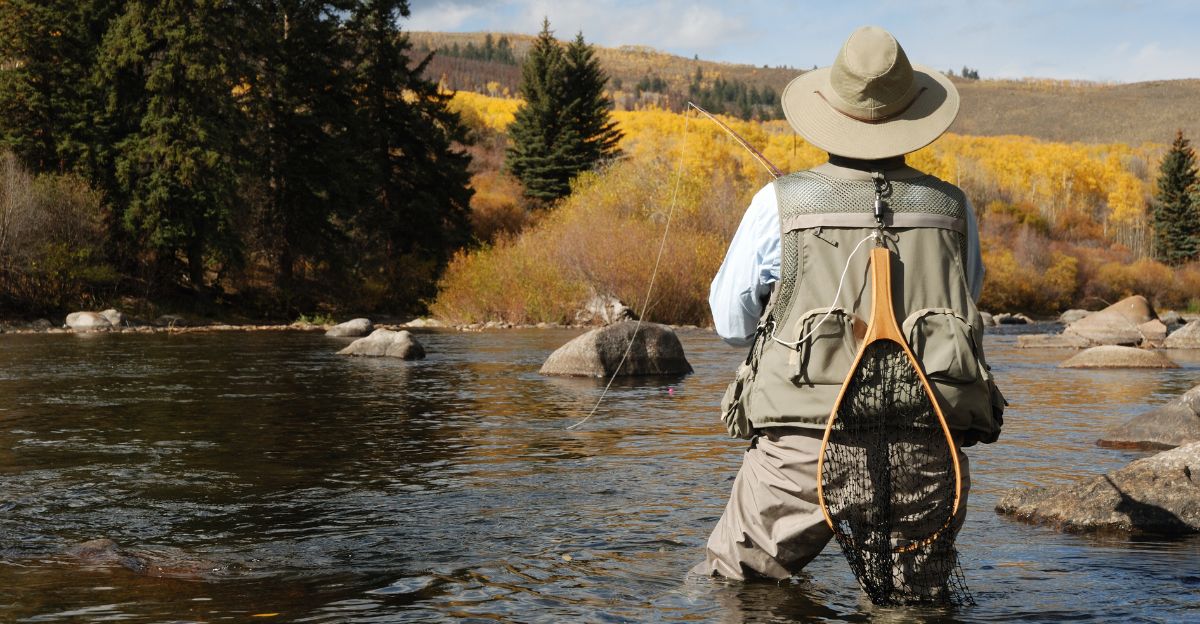
The history of the northern snakehead in the United States started in 1997, when it was first discovered in California. Its spread throughout the nation since that time has been traced to the live food fish trade, with releases in waterways by aquarists and fish hobbyists.
The fish were most likely brought in to be eaten, but once released, they started to flourish in United States waters, breeding quickly and leading to the current infestation.
Fighting Back with Awareness

Awareness campaigns have been carried out in affected states to stem the spread of the northern snakehead. In 2017, the U.S. Department of the Interior featured the snakehead as part of a public relations campaign entitled “Snakeheads: A Horror Story.”
The campaign aimed to make the public aware of the danger posed by the fish and encourage rapid reporting upon encountering one.
Distinguishing the Snakehead from Native Species
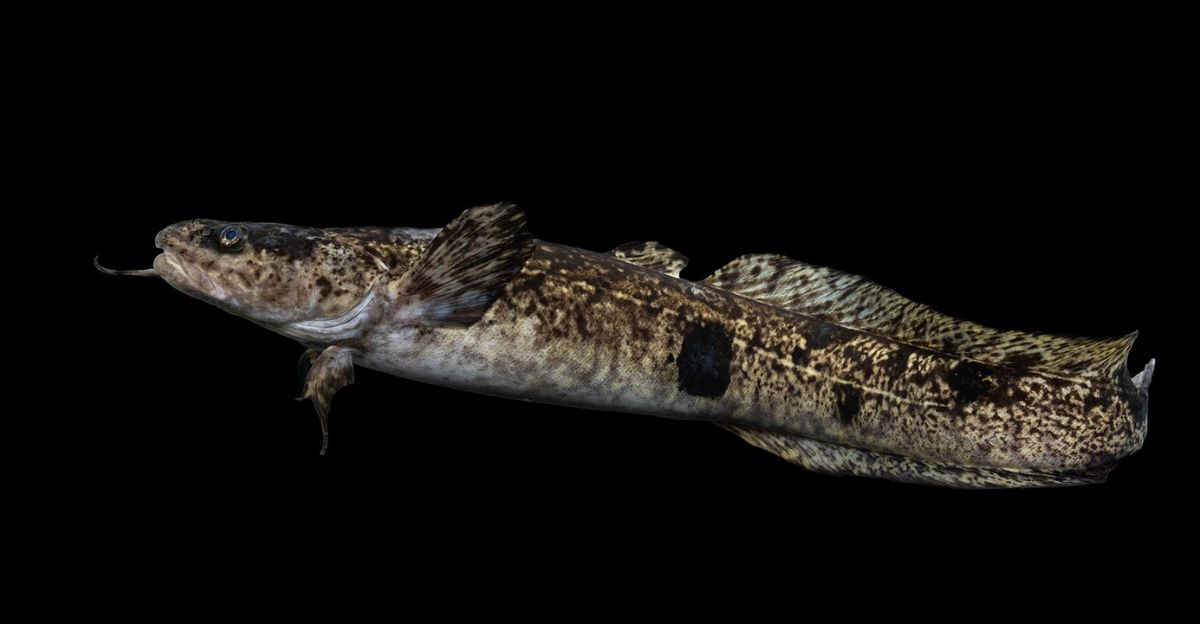
Among the difficulties in handling snakeheads is that they look very much like other native fish, including the bowfin and the burbot.
Though the snakehead has the same torpedo-shaped body and brownish color as these fish, it can be identified by the distinctive mosaic pattern of interlocking scales on its body. Furthermore, the burbot also has a barbel on its chin, differentiating it from the bowfin and the snakehead.
The Possible Advantages of Consuming Snakehead

Although the northern snakehead invasion represents a critical environmental problem, a win-win opportunity exists for the public and the environment.
Washington D.C. restaurants have started serving snakehead on menus as part of an “invasive species” initiative. By consuming the fish, an environmentally friendly approach to invasive species management, the public can contribute to lowering the population and avoiding its spread.
Looking Ahead: The Battle Rages On
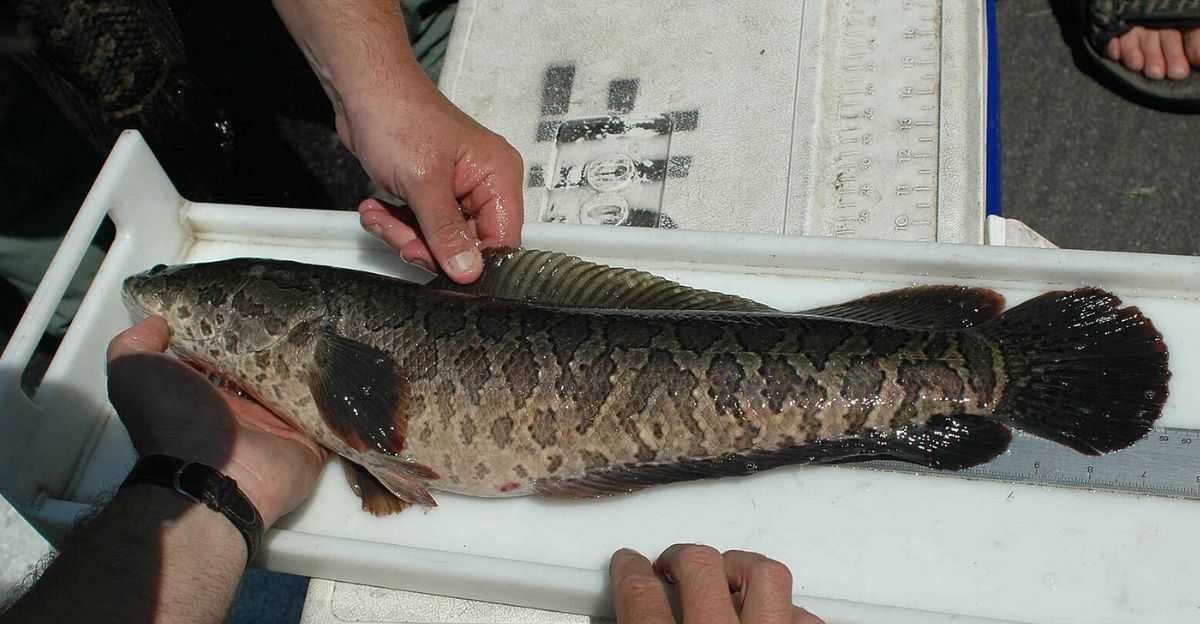
While the northern snakehead continues to multiply across the United States, officials and conservationists are refusing to let its population get out of control. With its ability to thrive in new environments and ravenous appetite, the snakehead is a formidable foe.
But with public awareness, rapid response, and innovative strategies like invasive species cuisine, there is still hope for minimizing its impact on native ecosystems. The struggle is far from over, but it is one that a united effort can conquer.
Explore more of our trending stories and hit Follow to keep them coming to your feed!

Don’t miss out on more stories like this! Hit the Follow button at the top of this article to stay updated with the latest news. Share your thoughts in the comments—we’d love to hear from you!







